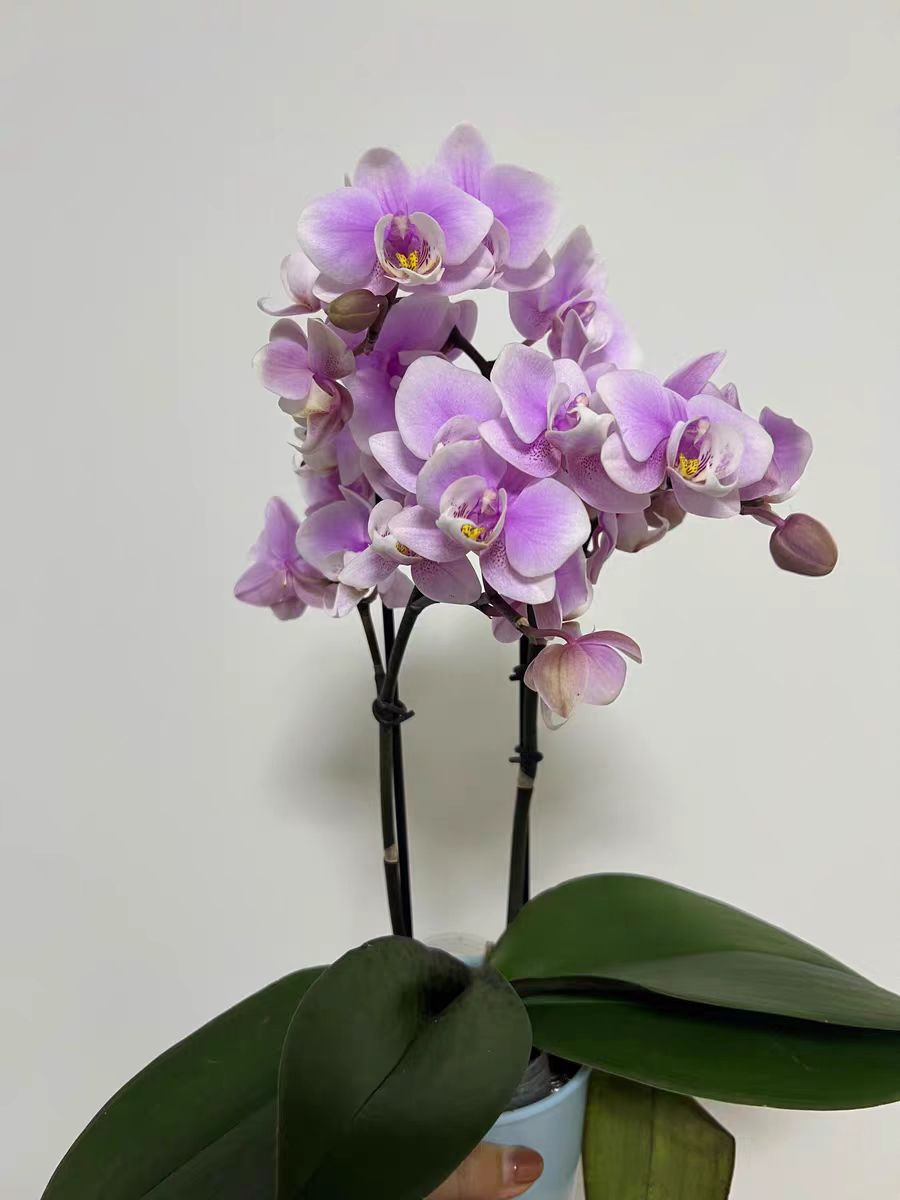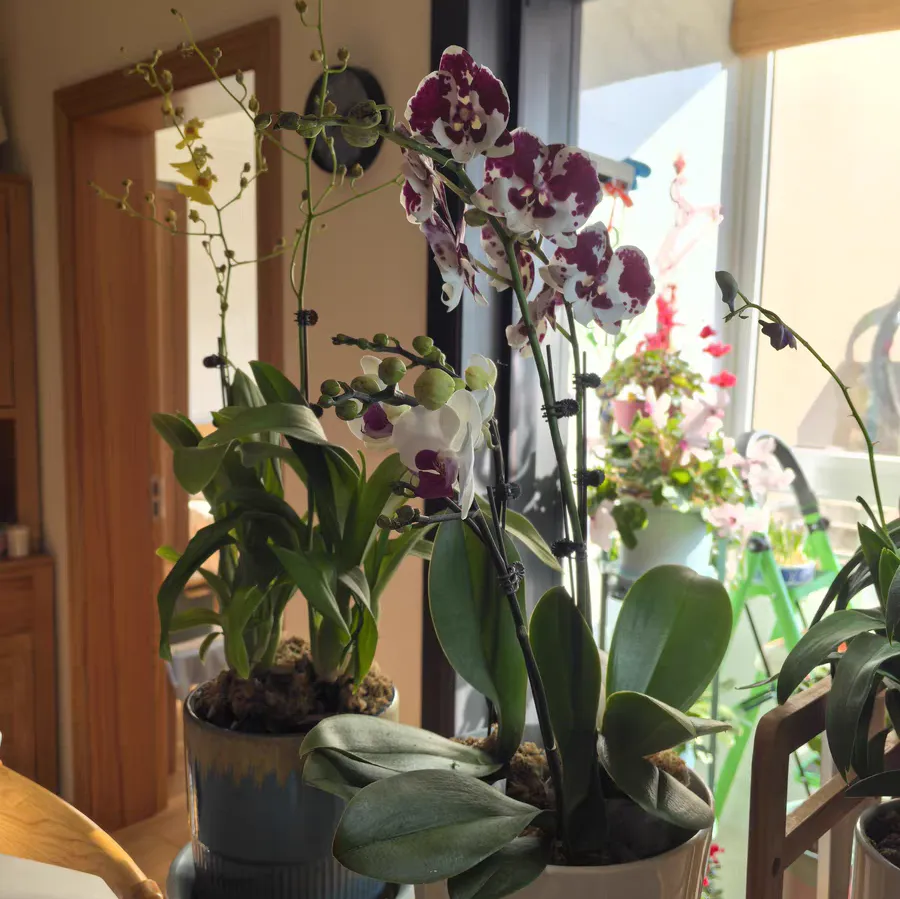Chinese flowering crabapples and begonias only differ by one character in their names, but they are not the same type of flower. There are obvious differences between them in terms of botanical characteristics, appearance, growth habits, and other aspects.
In terms of botanical classification, Chinese flowering crabapples belong to the Malus genus and Chaenomeles genus of the Rosaceae family in the Rosales order. They are relatively common woody plants.
Begonias, on the other hand, belong to the Begonia genus of the Begoniaceae family in the Cucurbitales order. They are typical herbaceous plants, and the two have very different "origins" in botany.
In terms of appearance, the branches of Chinese flowering crabapples are obviously lignified and can grow into trees or shrubs, usually ranging from 1 to 8 meters in height. The trunks are straight and the crowns are full. The leaves of Chinese flowering crabapples are generally oval or oblong, with serrated edges. The leaves are relatively thick in texture, dark green on the front and light green on the back, and shiny.
Begonias are mostly low herbaceous plants, generally less than 1 meter in height. The plants are relatively delicate, and the stems are mostly fleshy, often with a reddish hue. Their leaves have a rich variety of shapes. Some are asymmetric heart-shaped, some have obvious wavy edges or lobes, and the backs of the leaves of some varieties are purplish red.
The flowering periods and flower characteristics can also help people distinguish between the two. The flowering period of Chinese flowering crabapples is mainly from April to May in spring. The flowers are usually in umbel racemes. The flowers are relatively large, with a diameter of up to 4-5 centimeters. The petals come in a rich variety of colors, such as white, pink, and red. Most of the flowers are double-petaled, with layers of petals, which are very delicate and beautiful.
The flowering period of begonias mostly concentrates in autumn. However, for special varieties such as the Wax begonia, as long as they are properly maintained, they can bloom throughout the year. The flowers of begonias are relatively small, mostly in cymes. The petals are thin, and the flower colors are generally red, pink, white, etc. The petals of some varieties also have unique textures or spots.
In terms of growth habits, Chinese flowering crabapples mostly prefer sunny and well-ventilated environments, and they have relatively strong cold resistance. Many varieties can overwinter in the open field in the north. They are not very demanding on the soil and can grow well in loose, fertile, and well-drained soil.
Begonias, on the other hand, prefer warm, humid, and semi-shady environments, and they have weak cold resistance. It is necessary to take good insulation measures in winter. They have relatively high requirements for the air permeability and water retention of the soil and prefer slightly acidic soil.
In short, although their names are similar, there are significant differences between Chinese flowering crabapples and begonias in terms of classification, appearance, flowering period, growth habits, and so on.
Are the shapes of Chinese flowering crabapples and begonias the same?

Share with
Tagged in :




Leave a Reply